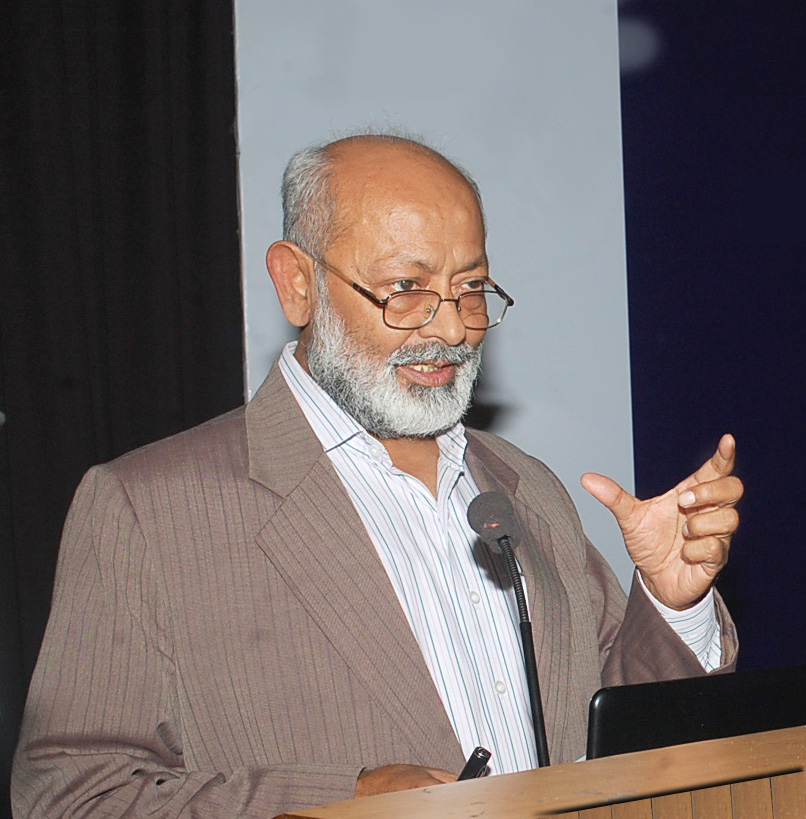 Dr Mohammad Manzoor Alam on the changing scene in key areas of SAARC
Dr Mohammad Manzoor Alam on the changing scene in key areas of SAARC
Over the last few weeks South Asia has been in a flux. We have been witness to public anger in India over the assault on Sarbjeet Singh, an Indian prisoner in a Pakistani jail, with death sentence for having caused blasts in Pakistan.
Public anger soared in India as Indian media publicized a grievous assault on him by fellow inmates. The media built up a lot of moral outrage unmindful of the fact that only a few months ago an Indian citizen, Qateel Siddiqui, was killed by fellow inmates in Pune jail a day before he was to be released.
Just as another proof that in Indian jails the situation was no better, a Pakistani prisoner was attacked in Jammu jail. He died a few days later from the wounds. So, this is the status of human rights in two leading countries of the SAARC.
To the credit of Indian diplomacy, this series of bad events was handled deftly and much of the damage caused by the media was quickly undone. The SAARC framework has never been relevant in defusing such crises, sadly.
Side by side, with this, a great hype was created in the media over the “ingress” of Chinese troops in India. Much of it was a put on, in any case. We must understand that the “border” between India and China, the Line of Actual Control (LOAC), is far more amorphous than the border between, say, India and Pakistan, the Line of Control (LOC).
Such “incursions” occur several times a year from the eastern Himalayas (Arunachal Pradesh) to the western Himalayas (Laddakh, J & K). If the media do not jump into fray with their jingoistic blah-blah, and if some opposition politicians do not start working themselves into a frenzy, things would be quickly resolved by the DGMOs, diplomats and politicians of the two sides. Those building up war hysteria are not the friends of the country. They push for war because they do not really know the cost of war.
Thank God, the two sides were finally able to resolve the issue amicably. However, one must remember that such episodes will continue to recur till the border issue with China is settled. Is it, then, too much to expect some restraint from the loudmouths of the media on such delicate issues?
Amid all this there is good news from Pakistan: Democracy has asserted itself quite spectacularly in the face of terrorist threat to voters. Nawaz Sharif, wrongly kicked out of power by General Musharraf, is back in power supported by the people, while Musharraf is where he belongs – under house arrest for his illegal power capture. Military coups may be a past phenomenon now in Pakistan. This is a real achievement.
Another noteworthy achievement was heavy turnout of voters despite real possibility of terrorists attacking them. They had shown their seriousness by killing quite a few people in the recent days.
The region has been an unhappy place for quite a while. Bangladesh has witnessed considerable violence over the last few months in course of action against Jamaat-e-Islami leaders allegedly for their role in the overthrow of Mujibur Rahman government and the murder of his family. Some of the Jamaat leaders are also being prosecuted for their alleged support to Pakistan army in the murder of civilians in the 1971 civil war.
However, this is not as simple as it looks, because the Jamaat also happens to be a staunch ally of former Prime Minister Begum Khalida Zia, the adversary of the present premier, Sheikh Hasina Wazed. The Jamaat thinks it is persecuted because of its alliance with Mrs. Zia.
Although Mrs. Wazed is pro-India, this country has not been able to mediate to end the crisis. On the other hand, Western governments have advised Mrs. Wazed to exercise caution and refrain from high-handed behaviour.
It is often said in Delhi diplomatic circles that India does not have a foreign policy. It has only a Pakistan policy. Being the largest player in the SAARC it could have played a more effective role, but has not, for whatever reason.
Another important SAARC country, Sri Lanka, is caught up in a controversy over war crimes against ethnic Tamils, which has seriously disturbed Tamils in India as well. On this front, too, we do not see any effective initiative from India.
Over the last few decades, we have grown to expect better results from the SAARC. But the two most important members – India and Pakistan – are busy untangling their own affairs. Now is the time to concentrate more closely on SAARC for regional peace and prosperity. India must play its leadership role, which comes quite naturally to it.
With democracy maturing in Pakistan and Nawaz Shairf’s declaration that he would visit India whether he is invited or not, we have hope for better ties in future. Already Prime Minister Manmohan Singh has invited him to visit India. It is said that democracies do not fight democracies. We hope and pray for peace with a democratic Pakistan. g


